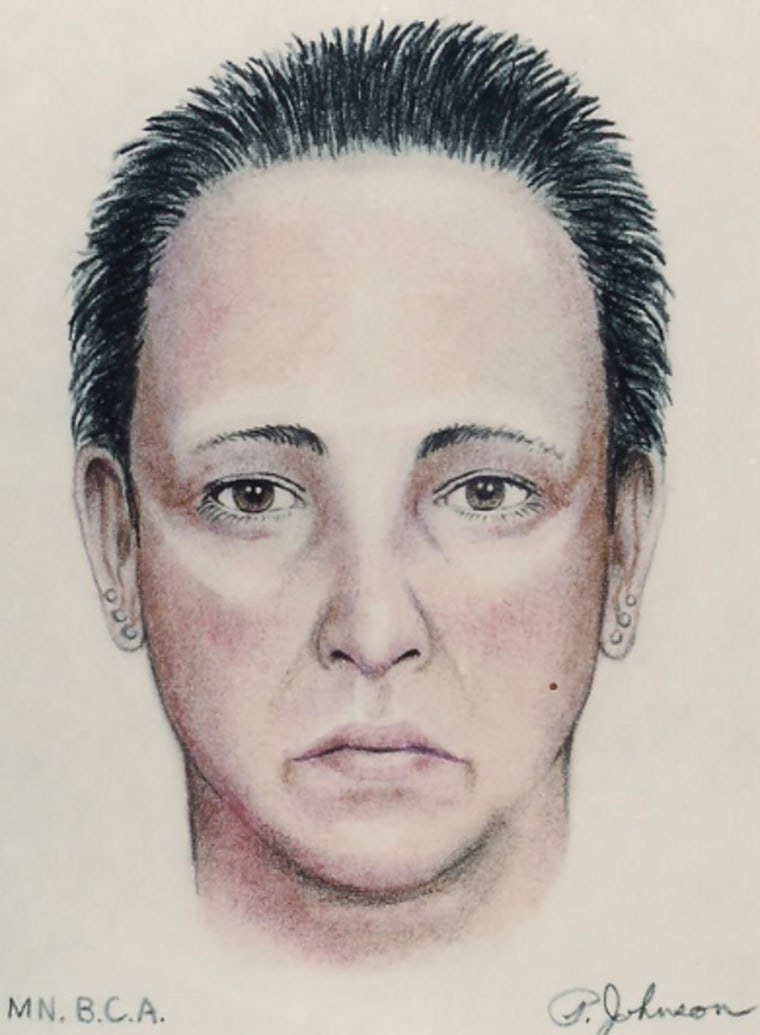Decades-Old Mystery: New DNA Tech Offers Hope in 'Bone Lake Jane Doe' Case

For over three decades, the identity of a woman tragically discovered in Bone Lake, Minnesota, has remained a haunting mystery. Known as 'Bone Lake Jane Doe,' her remains – a head found floating in the lake and a foot recovered near the Mississippi River – were discovered in June 1993. Despite extensive investigations and countless leads, the case has remained cold, a stark reminder of the enduring challenges in solving unidentified remains cases.
Now, authorities are cautiously optimistic that a breakthrough may finally be within reach, thanks to advancements in DNA technology. Traditional DNA analysis methods proved insufficient at the time of the discovery, hindering efforts to identify the victim. However, the emergence of forensic genealogy – a technique that combines DNA analysis with genealogical research – offers a new avenue for investigators.
Forensic genealogy works by uploading DNA profiles to public genealogy databases, searching for potential relatives. When matches are found, genealogists meticulously build family trees, tracing the connections back to the unidentified individual. This process can reveal crucial information about the victim’s identity, including their name, location, and even potential causes of death.
“This case has weighed heavily on our minds for many years,” stated a spokesperson for the Minnesota Bureau of Criminal Apprehension. “We are committed to utilizing every available resource to bring closure to this case and provide answers to the victim’s family, who may still be searching for her.”
The Minnesota authorities are currently working with forensic experts to extract and analyze any usable DNA from the existing evidence. The process is complex and time-consuming, requiring meticulous attention to detail. However, the potential reward – finally identifying 'Bone Lake Jane Doe' – is immeasurable.
The case has garnered significant attention over the years, with local residents and true crime enthusiasts alike following its progress. Many remember the initial discovery with a sense of shock and sadness, hoping that one day, the mystery would be solved. The renewed hope sparked by the application of forensic genealogy has reinvigorated these efforts.
While the investigation remains ongoing, the use of new DNA technology represents a significant step forward. It underscores the evolving landscape of forensic science and its ability to bring justice to victims and closure to their families, even decades after the initial crime. The authorities urge anyone with information related to the case to come forward. Even seemingly insignificant details could prove crucial in unraveling this decades-old mystery and giving 'Bone Lake Jane Doe' the identity she deserves.
The Bone Lake Jane Doe case serves as a poignant reminder of the importance of perseverance in the pursuit of justice and the power of scientific innovation to shed light on the darkest of mysteries.




:max_bytes(150000):strip_icc()/GettyImages-1162572891-e54318a376044b30b61cef216f8002ca.jpg)
